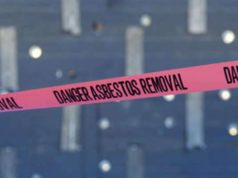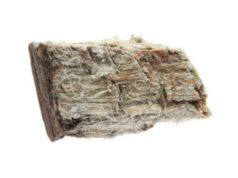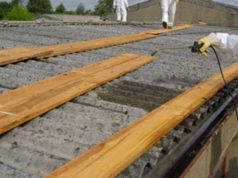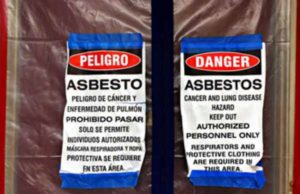
Federal mandates from the EPA, OHSA and other agencies set asbestos abatement procedures in all states across the country, this will include all aspects of possible contamination, form certifying professionals to handle the material, setting areas to dispose of toxic materials and procedure to prevent further contamination during removal. Most authority on asbestos matters is ceded to the federal government with the Nevada Division of Environmental Protection managing the disposal of asbestos containing materials.
The EPA and Nevada asbestos abatement procedure
The NESHAP is a component of the Clean Air Act that aims to eliminate the release of asbestos containing materials into the environment. Following these standards ensures that friable asbestos is properly handled during its removal. The EPA certifies all persons to perform asbestos abatement though accredited course and will also handle the notification process for any structures that will need to undergo asbestos abatement. While this is typically handled by the applicable state entity in other states, the state of Nevada’s asbestos abatement procedure is firmly in the hands of the EPA. Ten days notification is necessary for any asbestos related service, including renovation and demolition.
Alternatives to removal
Since asbestos abatement can be expensive, encapsulation or enclosure may be viable options. Since most of the cost of abatement stems from replacing the contaminated materials, applying sealant of other measures to trap asbestos fibers will be an alternative if the friable material is conducive to such a sealant. This will not be an option in demolition as all friable materials will need to be removed, as per Nevada asbestos abatement procedure.
Removing friable material
There are very specific regulations for removing friable material. Generally, this will involve double bagging the material once it is scrapped from the structure and usually also involves waterlogging the material in question, to prevent fibers from coming loose. Filters and air quality testing is also used to ensure the area is safe. A negative air pressure environment that involves a containment unit is necessary to prevent the spread of fibers.
All friable material must be removed and non-friable material that may crumble or be altered by the renovation will need to be removed as construction waste. During demolition, all materials that contain more than 1% asbestos by weight must be accounted for and removed.
Proper disposal
It is important to follow the Nebraska asbestos abatement procedures to the letter, as the regulations are stringent. The amount of asbestos material leaving the worksite must match the amount delivered to the disposal site, with any conflicts noted and resolved by the project manager. The disposal site must be contacted in advance of the material delivery and must be a site certified by the EPA to dispose of asbestos containing materials.




























